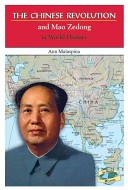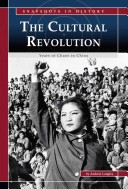
“Keaney’s concoction of sci-fi, horror, and fantasy is remarkably effective. Sigmundus is a villain who will haunt readers.”—The Bulletin Beginning where Book 2, The Cracked Mirror, left off, this finale to the Promises of Dr. Sigmundus trilogy takes readers into bizarre realms with fanciful creatures, continuing its signature exploration of the price of freedom and self-determination. Focusing on the ongoing struggles of its teenaged protagonists, Dante and Bea, it is a journey at once thrilling and thoughtful, with plenty to offer for pure reading enjoyment and book discussion. This trilogy is satisfying for fantasy fans but also accessible to the less-than-hardcore genre enthusiast.









